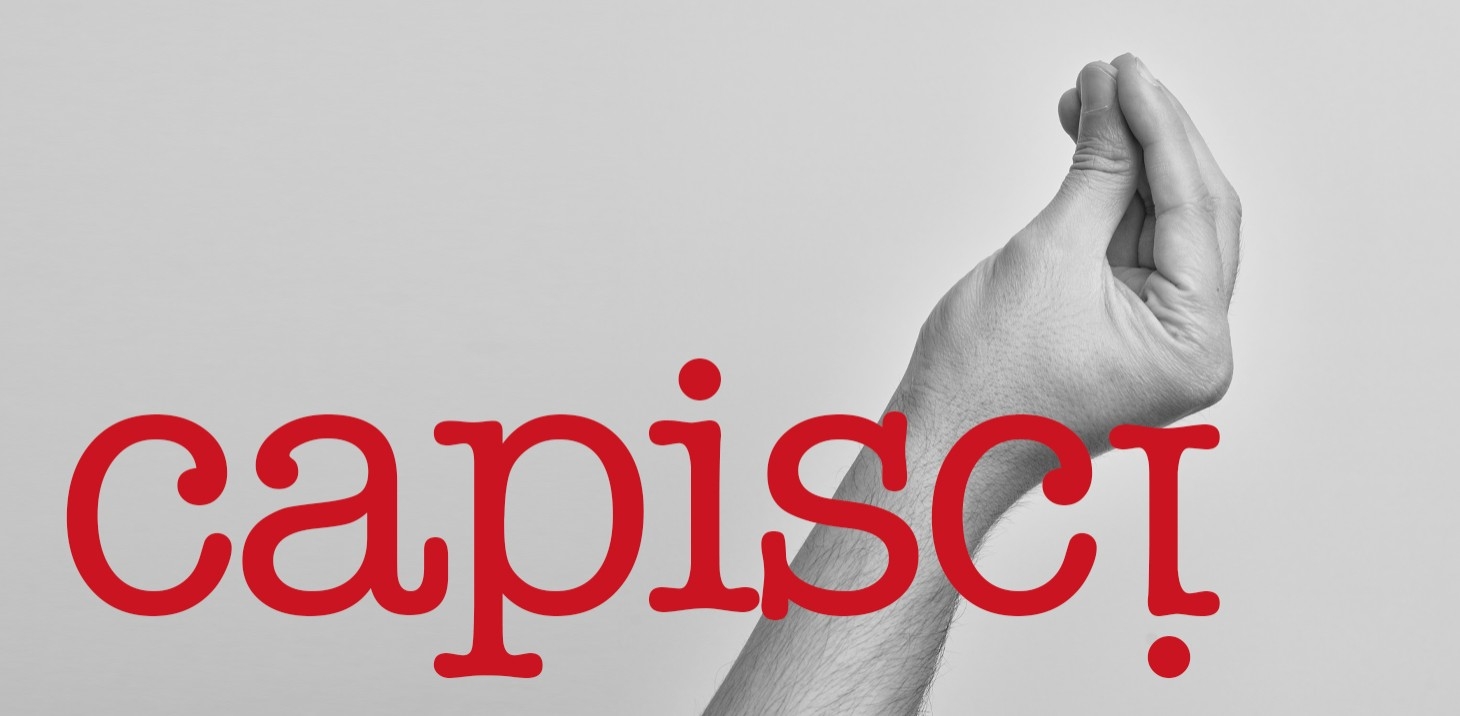
The art of the cuvée - The best combined from different grape varieties
The French term "cuvée" or "assemblage" is often used in German-speaking countries for sophisticated blends, especially of different grape varieties. The best-known cuvées come from the French wine region of Bordeaux.
But the term cuvée is also frequently used in sparkling wine production, such as in the Champagne or Franciacorta-regions. Here, however, the term stands for the mixture of base wines, often from different vintages.
The goal of an assemblage is that the blended wine tastes better than each lot on its own. One wants to achieve a harmony of alcohol, aromas, acidity, tannins and color through different grape varieties. The weaknesses of a wine are not concealed, but the strengths are combined. If different grape varieties are blended, one variety usually carries the main part to define the character of the wine. Thus, a tannic and expressive Nebbiolo in combination with Barbera and Merlot creates an extremely harmonious cuvée with more smoothness and fullness.
In order for a cuvée to present itself harmoniously, characteristics such as fruitiness, acidity, tannin content, alcohol content and residual sweetness must be assessed very precisely during preliminary tastings. It is an art that requires a great deal of expertise, skill, sensitivity and experience to match complementary varieties to create a particularly round and harmonious wine.
But there are also practical reasons for blending. Since not all grape varieties sprout, blossom and ripen at the same time, weather influences can be corrected in this way. If a grape variety does not reach optimum ripeness or if the yield is low, the winemaker can compensate with other grape varieties. In this way, he can guarantee the consistent quality of his wines within a certain framework.
Assemblage is made either before pressing or with finished wines.
But what is the difference between blending, assemblage, cuvée, blend, mariage, meritage and coupage?
Basically, the terms mean all the same, but come from different regions of the world.
Weibel Weine AG
Moosweg 40, Postfach
3604 Thun-Gwatt
033 334 55 55
Opening hours
Monday to Friday 7.30 am - 6.30 pm
Saturday 10.00 am - 4.00 pm
Weibel Weinhandel AG
Früebergstrasse 41
6340 Baar
041 760 67 01
Opening hours
Monday closed
Tuesday to Friday
9.00 am - 12.30 pm | 1.30 pm - 6.30 pm
Saturday
9.00 am - 4.00 pm
Company Holidays
July 13th - 27th, 2026
